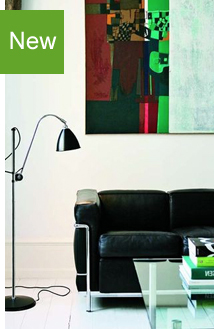
Le Corbusier
Charles Edouard Jeanneret known as Le Corbusier (1887 in Switzerland -1965 in France).
Few would protest that Le Corbusier, Charles-Edouard Jeanneret, is one of the most influential architects of the 20th century. He articulated provocative ideas, created revolutionary designs and demonstrated a strong, if utopian, sense of purpose to meet the needs of a democratic society dominated by the machine.
Le Corbusier, like his father, began by learning the art of metal engraving. However, he was encouraged by a teacher to take up architecture and built his first house at the age of 18 for a member of his school's teaching staff. In 1908, he went to Paris and began to practice with Auguste Pierret, an architect known for his pioneering use of concrete and reinforced steel. Moving to Berlin, Le Corbusier worked with Peter Behrens, who taught him about industrial processes and machine design. In 1917, he returned to Paris where he met post-cubist Amedee Ozenfant and developed Purism, a new concept of painting. In 1920, still in Paris, he adopted the pseudonym, Le Corbusier.
Paradoxically, Le Corbusier combined a passion for classical Greek architecture and an attraction to the modern machine. He published his ideas in a book entitled, Vers une Architecture, in which he refers to the house as a "machine for living," an industrial product that should include functional furniture or "equipment de l'habitation." In this spirit, Le Corbusier co-designed a system of furniture with his cousin Pierre Jeanneret and Charlotte Perriand. The tubular steel furniture . like the famous chaise and Grand Confort chair . projected a new rationalist aesthetic that came to epitomize the International Style.
During the 1920's and 30's, Le Corbusier concentrated on architecture and during the 1950's he moved towards more expressive forms that revealed the sculptural potential of concrete. Over the decades, his work has included mass housing blocks, public buildings and individual villas, all conceived with what he called the "engineer's aesthetic."





















